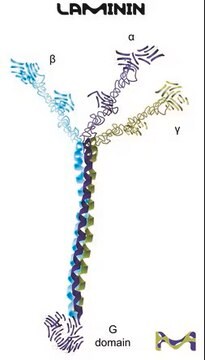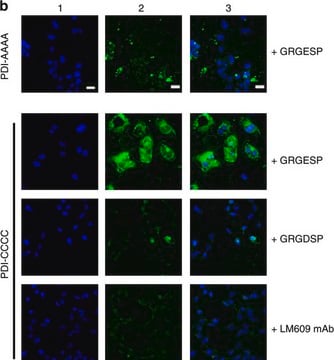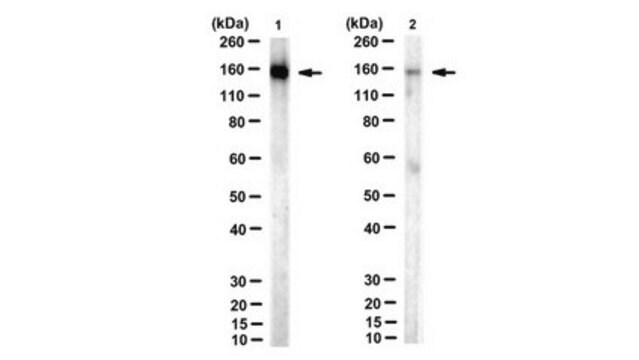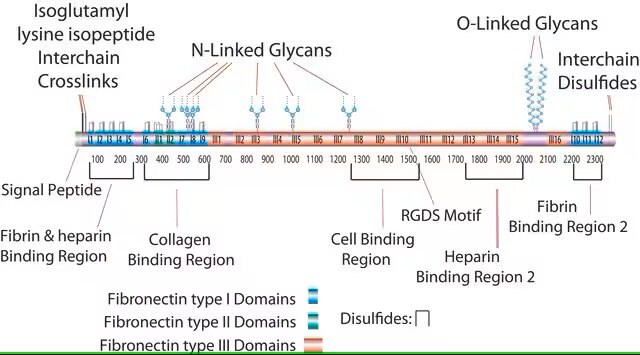MAB2023Z
Anti-Integrin beta 3 (ITGB3/CD61) Antibody
CHEMICON®, mouse monoclonal, B3A
Synonym(s):
CD61, MAB2023
About This Item
Recommended Products
Product Name
Anti-Integrin β3 Antibody, clone B3A, azide free, clone B3A, Chemicon®, from mouse
biological source
mouse
Quality Level
antibody form
purified immunoglobulin
antibody product type
primary antibodies
clone
B3A, monoclonal
species reactivity
human
manufacturer/tradename
Chemicon®
technique(s)
flow cytometry: suitable
western blot: suitable
NCBI accession no.
UniProt accession no.
shipped in
wet ice
target post-translational modification
unmodified
Gene Information
human ... ITGB3(3690)
Related Categories
Specificity
Immunogen
Application
Function-blocking of integrin beta3-mediated adhesion to ECM proteins.
Western blot (reducing conditions) Optimal working dilutions must be determined by end user.
Cell Structure
Integrins
Target description
Physical form
Storage and Stability
Analysis Note
Positive Control: U251 or D54 human cell lines. Membrane preps are recommended for western blots.
Human endothelium cells (expression of integrin alpha V beta 3 may need to be upregulated by phorbol esters stimulation). Skin (Basement Membrane)
Other Notes
Legal Information
Disclaimer
Not finding the right product?
Try our Product Selector Tool.
recommended
Storage Class
12 - Non Combustible Liquids
wgk_germany
WGK 2
flash_point_f
Not applicable
flash_point_c
Not applicable
Certificates of Analysis (COA)
Search for Certificates of Analysis (COA) by entering the products Lot/Batch Number. Lot and Batch Numbers can be found on a product’s label following the words ‘Lot’ or ‘Batch’.
Already Own This Product?
Find documentation for the products that you have recently purchased in the Document Library.
Our team of scientists has experience in all areas of research including Life Science, Material Science, Chemical Synthesis, Chromatography, Analytical and many others.
Contact Technical Service








